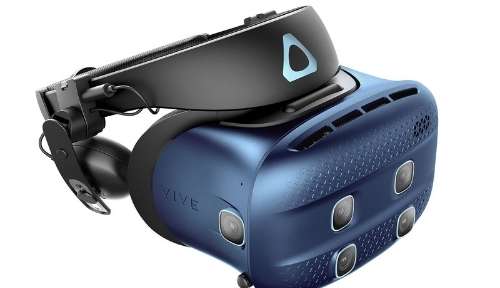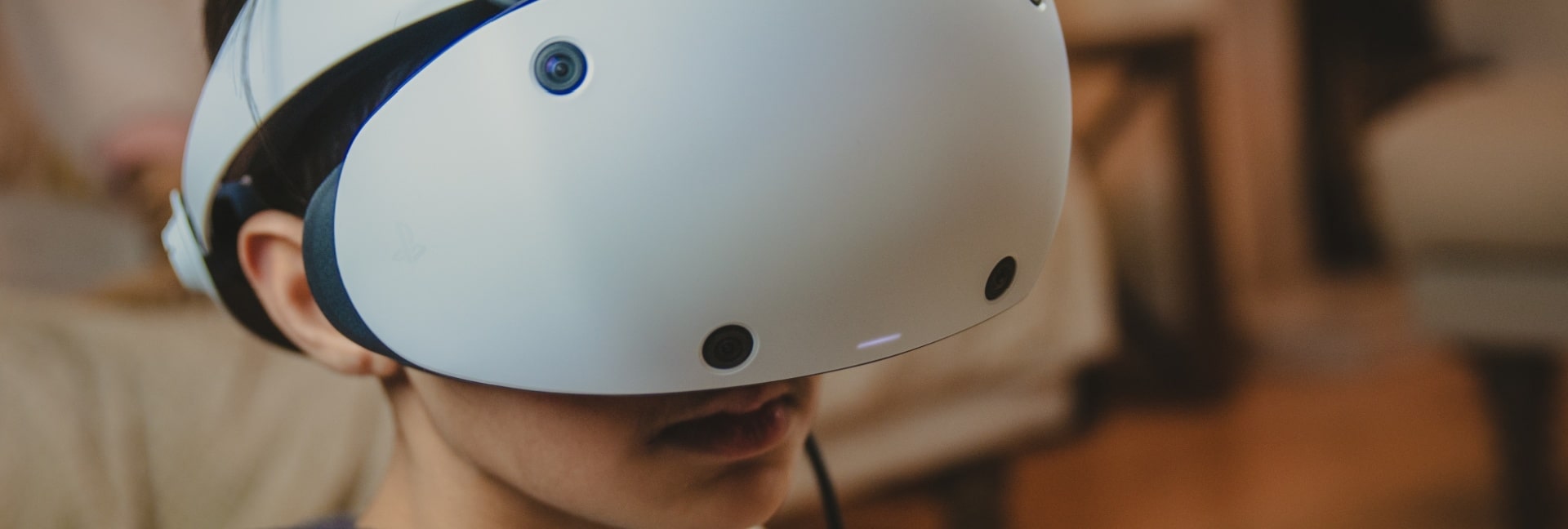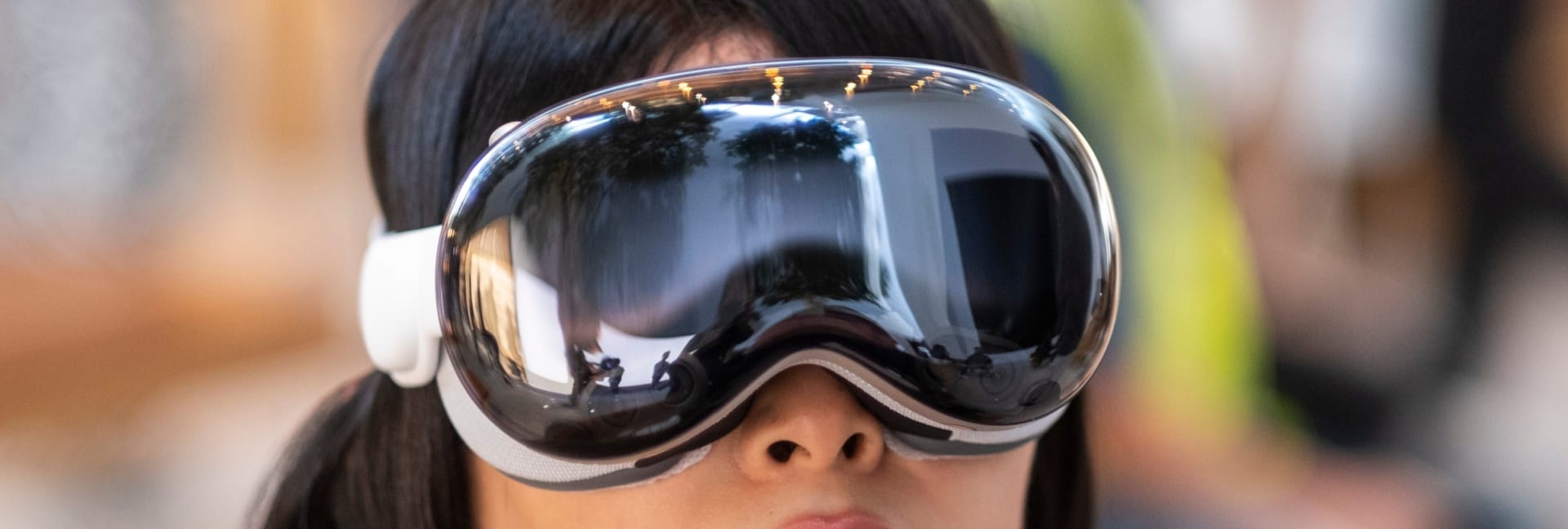Virtual reality engineering includes the use of 3D modelling tools and visualisation techniques as part of the design process. This technology enables engineers to view their project in 3D and gain a greater understanding of how it works. Plus they can spot any flaws or potential risks before implementation.
This also allows the design team to observe their project within a safe environment and make changes as and where necessary. This saves both time and money.
What is important is the ability of virtual reality to depict fine grained details of an engineering product to maintain the illusion. This means high end graphics, video with a fast refresh rate and realistic sound and movement.
Virtual reality and the design cycle
In some cases, virtual reality can be used from the start of the design lifecycle, e.g. the initial concept through to the build and implementation stages. This is reviewed at stages to check for faults, structural weaknesses and other design issues.
Virtual reality and rail construction
Virtual reality engineering is employed by Balfour Beatty Rail, a rail infrastructure contractor who includes this as part of their design process. It is used for planning, prototyping and construction purposes, and helps with project realisation.
Virtual reality and car design
Car manufacturers use virtual reality for prototyping purposes during the design process. This enables them to produce several versions which are then tested and changed as per the results. This removes the need to build a physical prototype and speeds up the development stage. The result is a cost effective streamlined process.
An example of this can be seen at the JLR Virtual Reality Centre in the UK. This is state of the art virtual reality – both semi-immersive and CAVE systems – with advanced tracking and projection facilities which is used to help design the next generation of Land Rovers.







